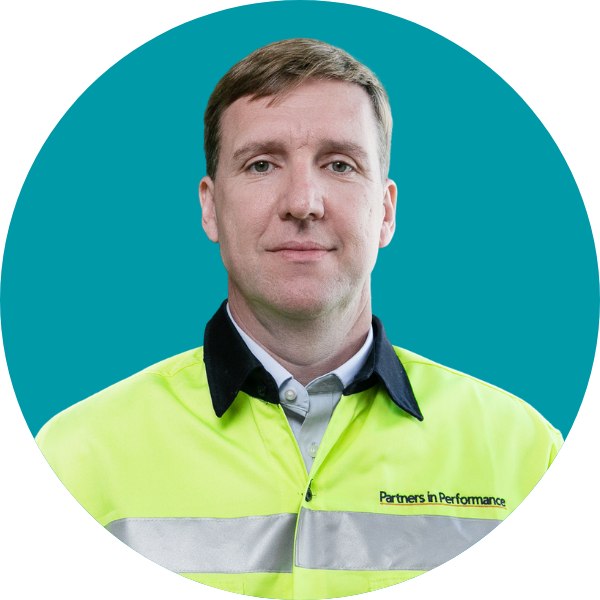Optimising your Field Development Plan by aligning the team around investment decisions
Oil and gas field development requires both substantial financial (millions of dollars) and time (around 5-10 years) investment.
The sheer scale of these projects creates the complex task of having to coordinate many moving pieces and different entities (contractors, subcontractors, suppliers). A robust Field Development Plan (FDP) is essential in planning and optimising an oil and gas project, as it provides the necessary support to manage project complexity and successfully develop the field.
The FDP is the best tool to guide field development, but it is only helpful if stakeholders are aligned across the criteria for success, timing of decisions, required information and minimum activities for each stage.
Alignment should be achieved from the beginning of the FDP, but reverting misalignments during the project is possible. Here are four main areas to consider to secure alignment among stakeholders and project teams:
1. Align expectations around a unified general objective
From the outset, it is important to map the expectations of all key stakeholders and clearly outline their assumptions, constraints, boundary conditions and trade-offs. This will make it easier to understand how to align these interests and make sure all or most parties are satisfied with the Joint Venture.
After mapping expectations, the stakeholders can analyse how to achieve their goals while also keeping the project moving forward. This is likely to include trade-offs in areas like:
- Willingness to spend capital (CapEx) or shift costs into operations (OpEx)
- Desired production curve (including peak production) and the required size of the production facilities to produce the desired flow of gas and liquids
Once expectations in all areas are agreed, they should be clearly communicated to everyone involved. The project team will then be able to translate them to business objectives, which will guide the project scope.
2. Define success criteria and key requirements, and communicate them clearly
Once the expectations have been aligned, it is easier to define ‘what success looks like’ than what makes sense for all stakeholders. Typically, each stakeholder has their own definition of success for an unconventional field. Success can be defined as:
- Achievement of a target ‘Estimated Ultimate Recovery’ (EUR) [1]
- How soon a field can start producing
- Minimum required confidence level per group of wells to justify the decision
Different definitions of success lead to different decisions. With the expectations-mapping completed and expectations aligned, it is easier to define the specific success criteria and key requirements for each party.
3. Keep the economic model up-to-date and develop a revision calendar
The FDP usually contains an economic model that consolidates all the various assumptions: production and learning curves, drilling and completion CapEx, rig availability, the timing of investments, expected returns.
However, as mentioned, the development of a field takes several years. This means the assumptions – critical to the accuracy of the economic model – need to be reviewed frequently. Additionally, it is crucial to challenge assumptions and incorporate new estimates as they become available.
It is important to keep the economic model in the FDP up-to-date. It is easy to let other priorities get in the way of updating the model, since assumptions take a lot of time to be defined, as does the effort to challenge and redefine them. Using a simple tool such as a revision calendar can guarantee that decisions are being made to consider the latest variables.
4. Develop targeted scenarios and quantify them using the economic model
Scenarios are an essential tool to anticipate the potential impact of changes to the project, e.g. how the project will perform given a range of different possible oil prices. The scenario inputs also consider their probability, which facilitates decision-making. An up-to-date economic model enables forecasted changes to be quantified with a reliable level of accuracy, providing important insights.
Once quantified, scenarios are included in decision trees, helping to plan make ‘go or no-go’ decisions based on information available at each milestone. Evaluation stages such as productivity (volume per well), spacing (number of wells) and field development (sequence of production) should also be considered.
As scenario decisions also affect surface facilities, they should evaluate available technology, procurement of long-lead items, the maximum size of production facilities, production curves and level of centralisation of units. When new scenarios arise or major changes in scope occur, it may be necessary to independently review the model to ensure value and alignment are maintained.
Learn more about how we have helped oil and gas clients improve their efficiency and planning here
[1] Total cumulative production expected per well or per deposit
About the authors

Alan trench
Alan currently leads Partners in Performance's Oil and Gas Practice. He has had more than two decades of experience work in the energy, mining and basic material industries, which has taken him to Southeast Asia, the Middle East, Western Europe and several countries across the Americas. Before joining Partners in Performance, he worked for oilfield services giant Schlumberger, oil and gas multinational TOTAL and McKinsey & Company.

Carlos Flesch
Carlos Flesch is the Capital Practice Manager at Partners in Performance. He has worked across a variety of projects in the oil and gas and mining industries. He is passionate about solving problems and finding opportunities to deliver great results for businesses involved in capital projects. Carlos is an Industrial Engineer and holds a Masters degree in Production Engineering. He is a Brazilian who enjoys all types of sports, including several - like golf and curling - that are less popular in his home country, after acquiring a taste for them while living in Canada for four years.
